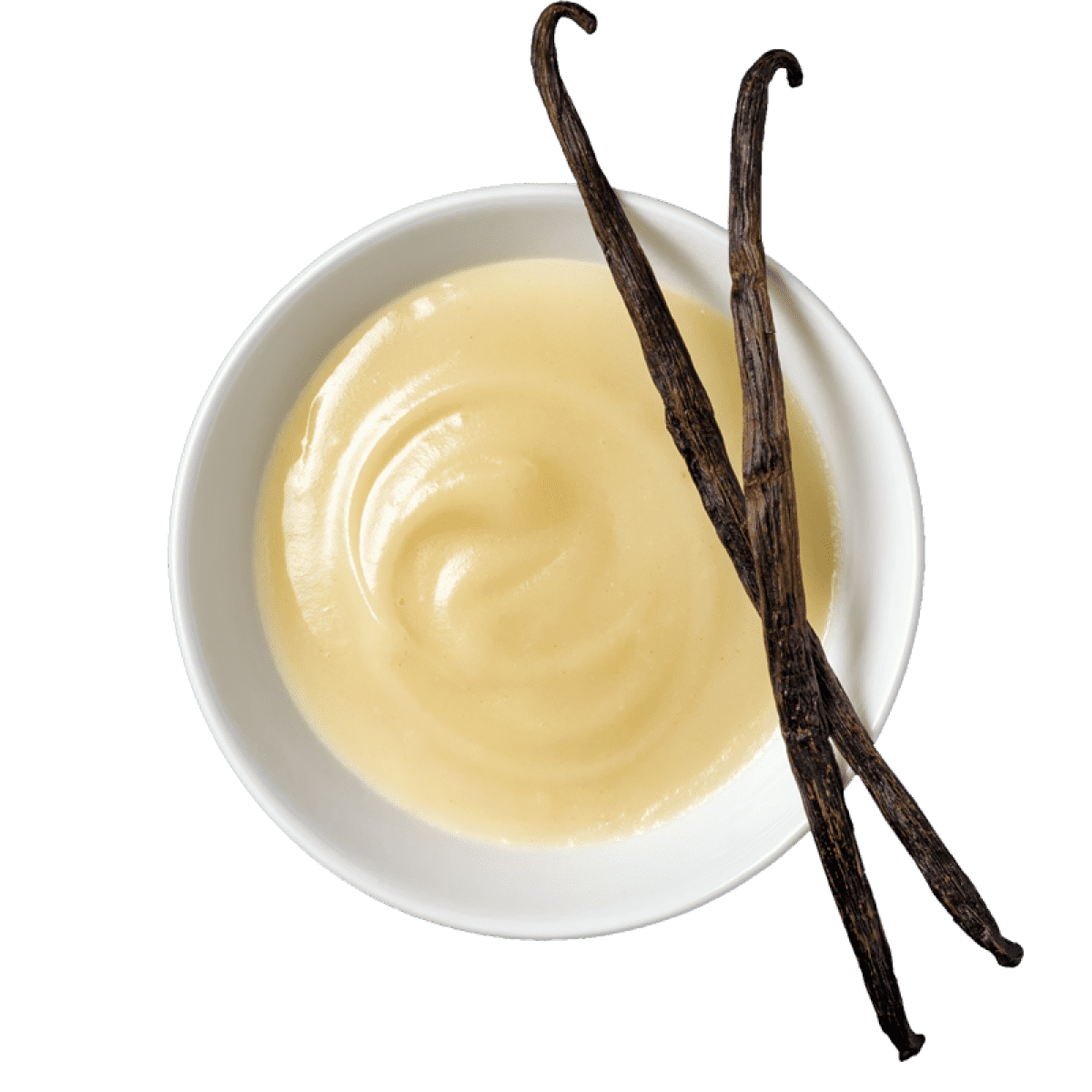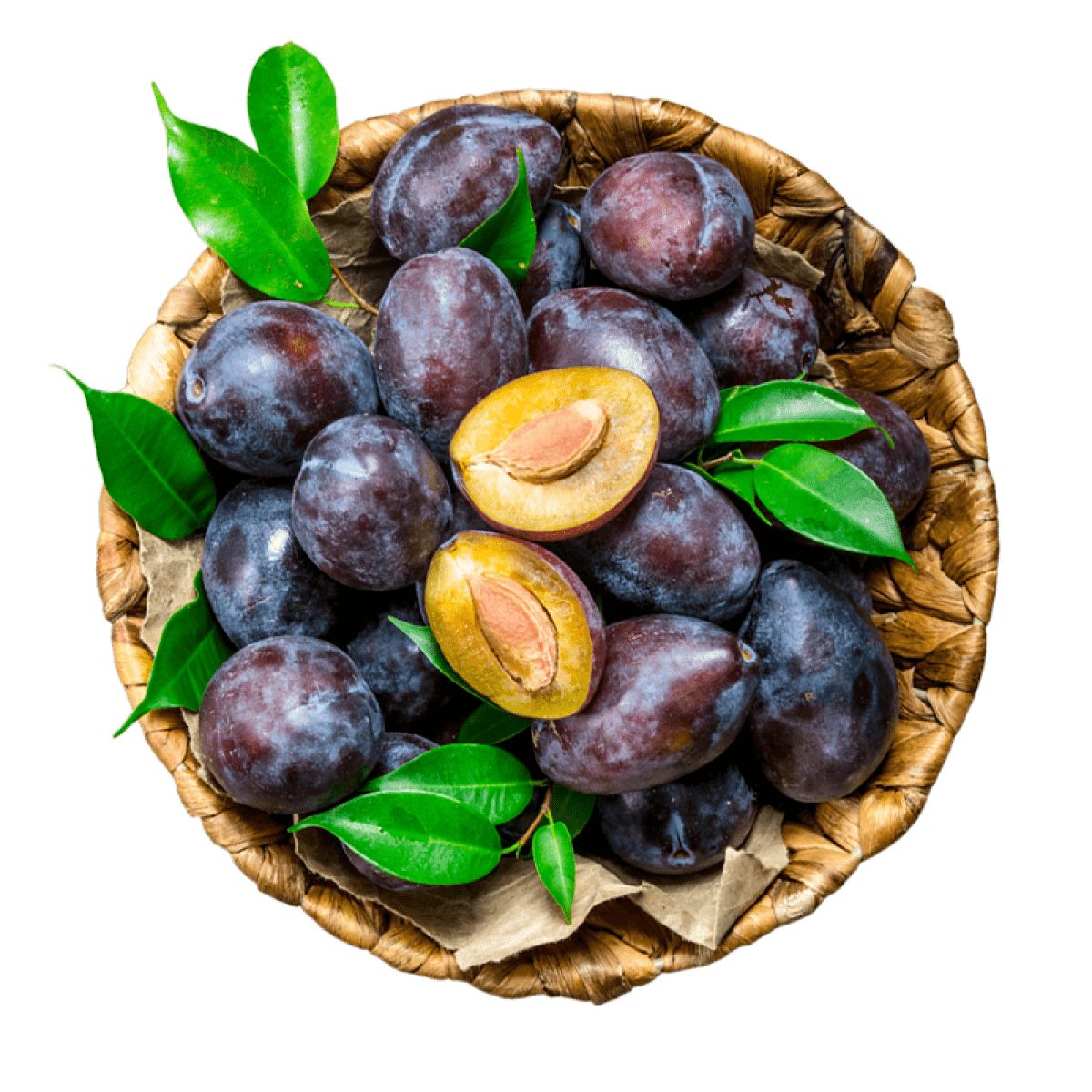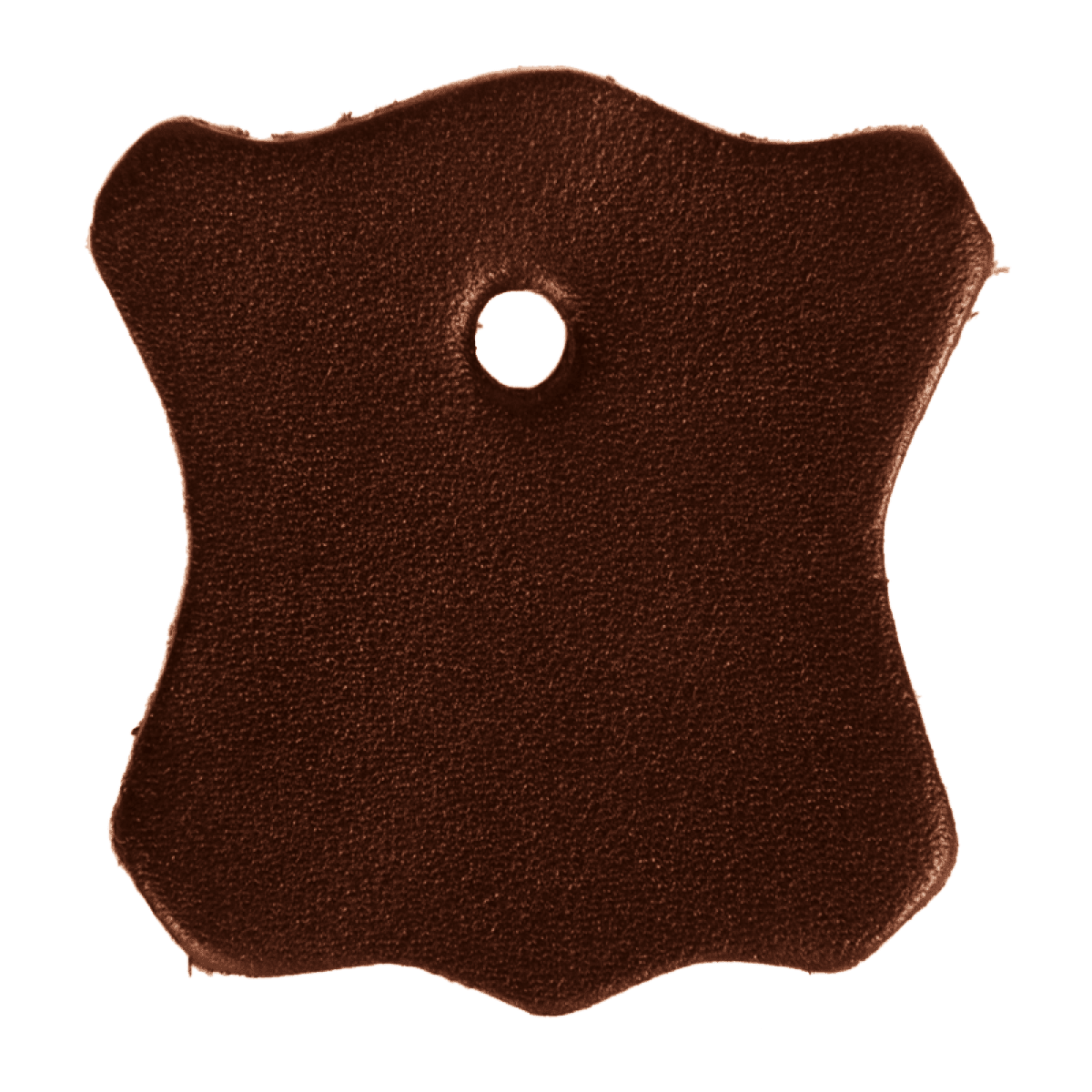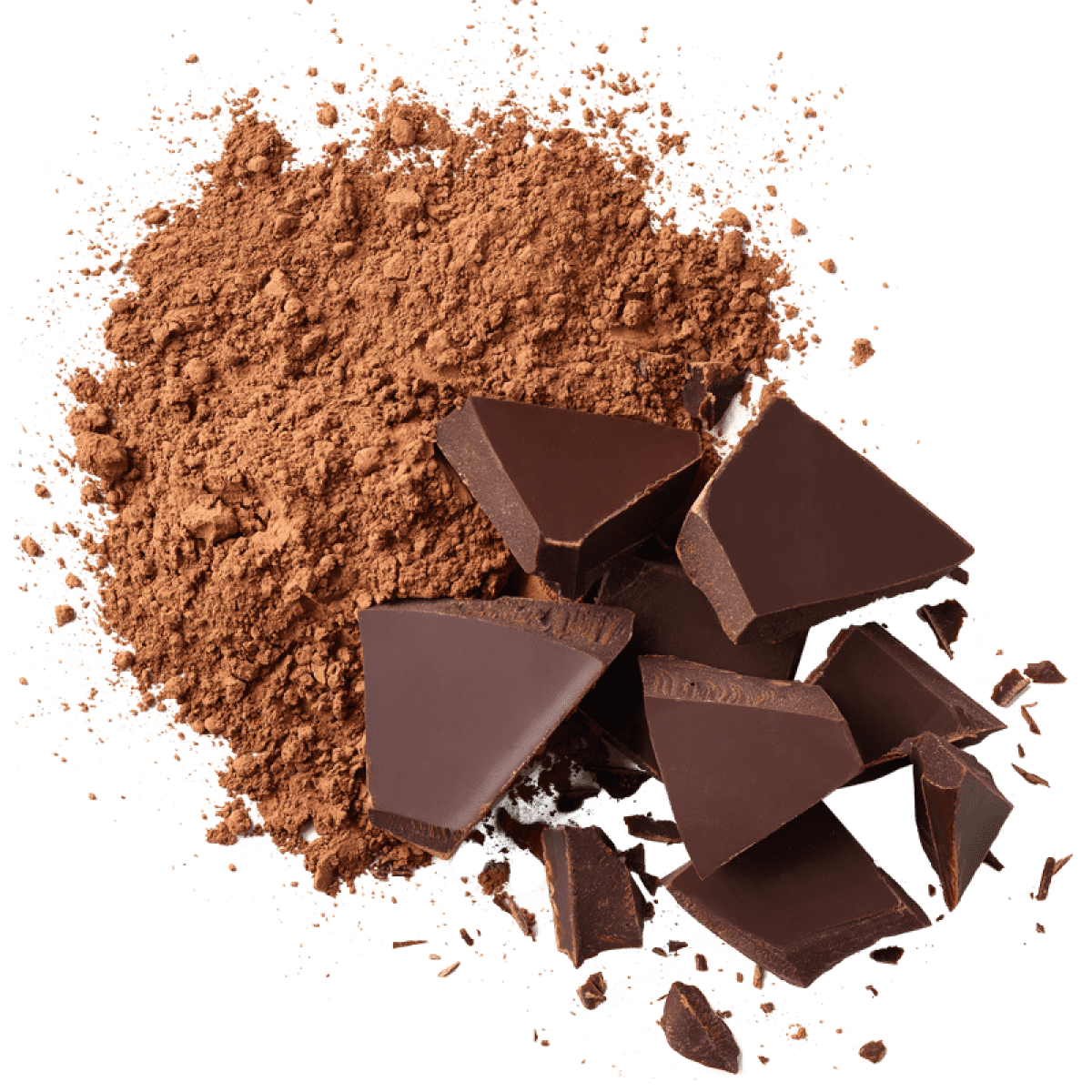Tannat Uruguay
Interessante Fakten
In the U.S., Tannat mostly grows in California, however the grape can also be found in Arizona, Oregon, Maryland, Texas and Virginia.
About 25 percent of the vineyards in Uruguay are planted with Tannat.
Tannat is naturally tannic because the grapes have very thick skin and multiple seeds.
Tannat pairs well with a hearty steak and other grilled meats.
Wie schmeckt dieser Stil?
Basierend auf 27.428 Bewertungen von 575 Weinen
Leicht
Üppig
Weich
Säurehaltig
Sanft
Tanninhaltig
Trocken
Süß



- Eiche
- Schokolade
- Vanille
- Tabak
- Kaffee
- Dunkle Schokolade
- Zeder
- Karamell
- Nelke
- Backgewürz
- Zigarrenschachtel
- Butter
0 Erwähnungen von Eichig



- Pflaume
- Brombeere
- Schwarze Frucht
- Dunkle Frucht
- Schwarze Johannisbeere
- Bickbeere
- Schwarzkirsche
- Cassis
- Konfitüre
- Schwarze Pflaume
- Brombeere
- Maulbeere
0 Erwähnungen von Schwarze Frucht



- Leder
- erdig
- Rauch
- Mineralien
- Kakao
- Champignon
- Teer
- Wild
- Graphit
- Stein
- Balsamico
- Waldboden
0 Erwähnungen von Erdig
Rebsorten
Lernen Sie den Stil kennen
Tannat was originally known for its harsh tannins, high acidity and dark fruit that was nearly undrinkable upon release, but in Uruguay, vintners have found methods to soften the tannins and create powerful wines that taste of plums and blackberries. In addition to these fruit flavors, Tannat, when blended with other varieties, or produced in capable winemaking hands, tends to show off more complex notes of herbs, chocolate, leather, earth and minerals.
While originally from the Basque region of France, Tannat was brought to Uruguay in the 1870s. It is now considered Uruguay's national red wine. Tannat is often blended with Pinot Noir, Merlot or other Bordeaux varieties, and sometimes with Syrah and Viognier.
Most of the fine wines in Uruguay—including those made from Tannat—are produced in Canelones, which surrounds the capital of Montevideo on the southern Atlantic coast of the country.